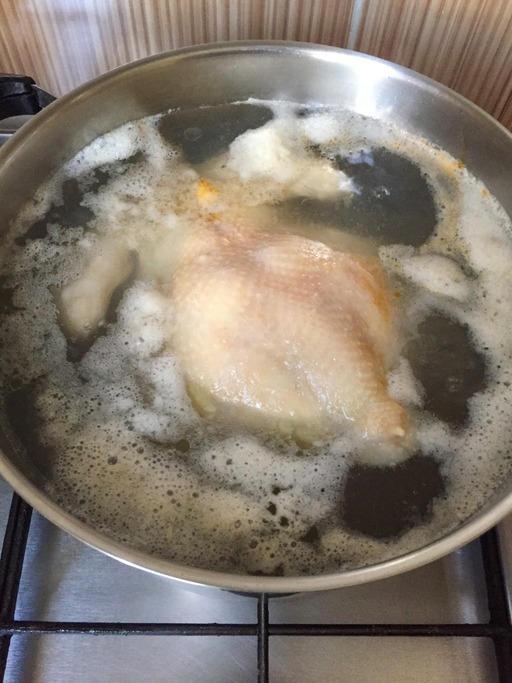How to Handle and Prevent Foaming When Boiling Chicken
The easiest way to manage foam when boiling chicken is to skim it off the surface of the water using a spoon or ladle. As the foam accumulates, gently skim it off and discard it to prevent it from affecting the taste and appearance of the dish. Repeat this process as needed until the foam dissipates. Other helpful ways to prevent the formation of foam include:
Adding Vinegar or Lemon Juice
Adding a small amount of vinegar or lemon juice to the water can help reduce foam formation when boiling chicken. The acidity of these ingredients helps to break down proteins and fats, preventing them from foaming excessively. Simply add a tablespoon of vinegar or lemon juice to the water before adding the chicken.
Preparing the Chicken Properly
Properly preparing the chicken before boiling can also help reduce foam. Trim excess fat and skin from the chicken, as these can contribute to foam formation. Additionally, consider using boneless, skinless chicken breasts or thighs, which produce less foam compared to bone-in or skin-on cuts.
Adjusting the Heat
Maintaining a gentle simmer rather than a rolling boil can help reduce foam when boiling chicken. High heat can cause proteins and fats to break down more rapidly, leading to increased foam formation. Adjust the heat as needed to keep the water at a steady simmer throughout the cooking process.
